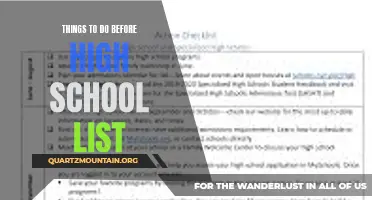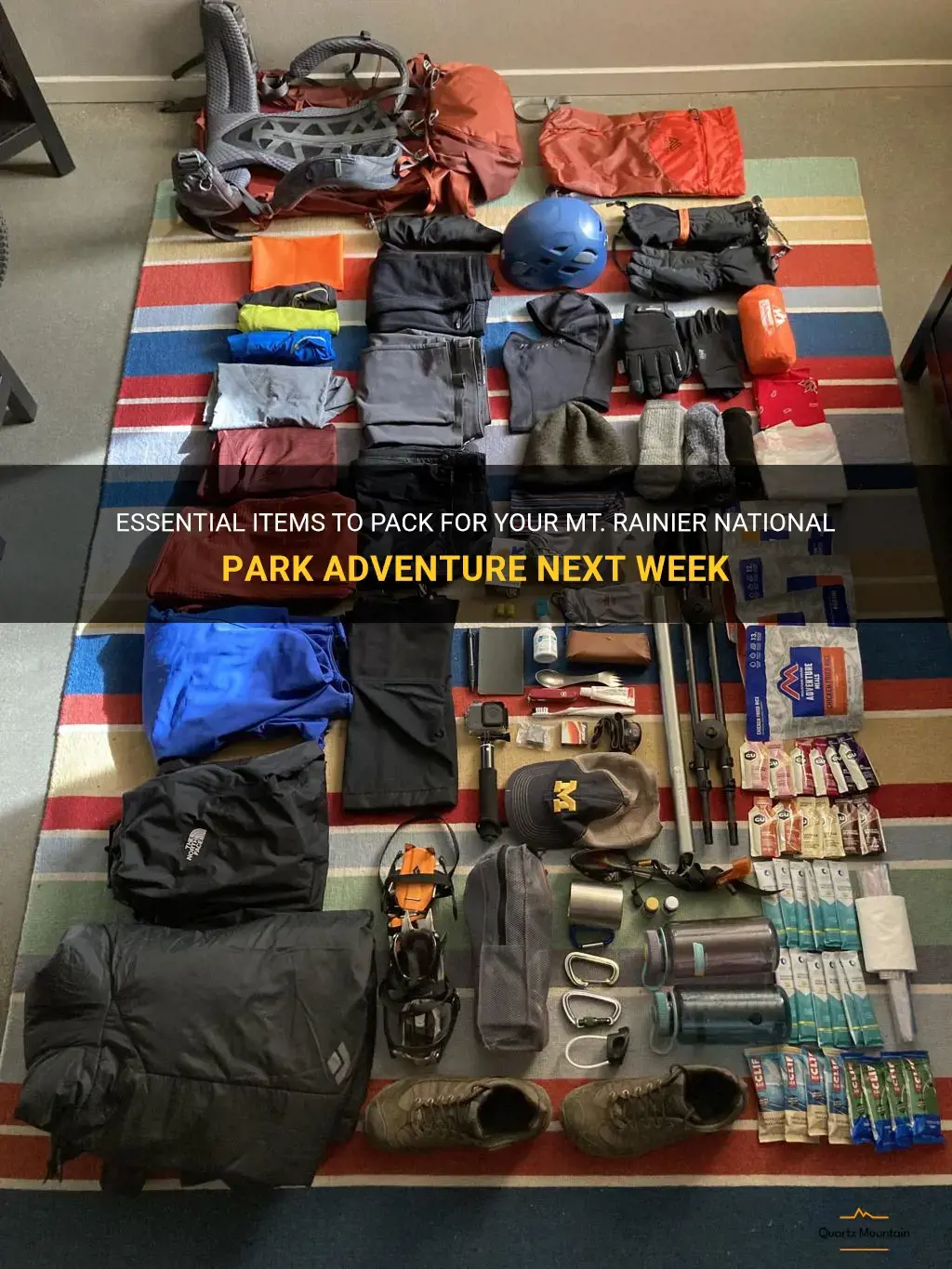
Are you ready for your epic adventure in Mt. Rainier National Park? With your trip just around the corner, it's time to start packing the essential items that will ensure your visit to this breathtaking wilderness is both comfortable and unforgettable. From sturdy hiking boots to a trusty backpack and a reliable rain jacket, these must-have items will allow you to fully immerse yourself in the beauty of Mt. Rainier while staying prepared for any adventure that comes your way. So, grab your checklist and get ready to pack for your Mt. Rainier National Park adventure next week!
What You'll Learn
- What clothing items should I pack for Mt. Rainier National Park next week?
- What kind of footwear is recommended for hiking in Mt. Rainier National Park?
- Are there any specific gear or equipment recommendations for hiking at higher altitudes in Mt. Rainier National Park?
- Should I bring any specific camping gear if I plan on camping in Mt. Rainier National Park next week?
- Are there any insect repellents or protective measures I should take for hiking in Mt. Rainier National Park next week?

What clothing items should I pack for Mt. Rainier National Park next week?
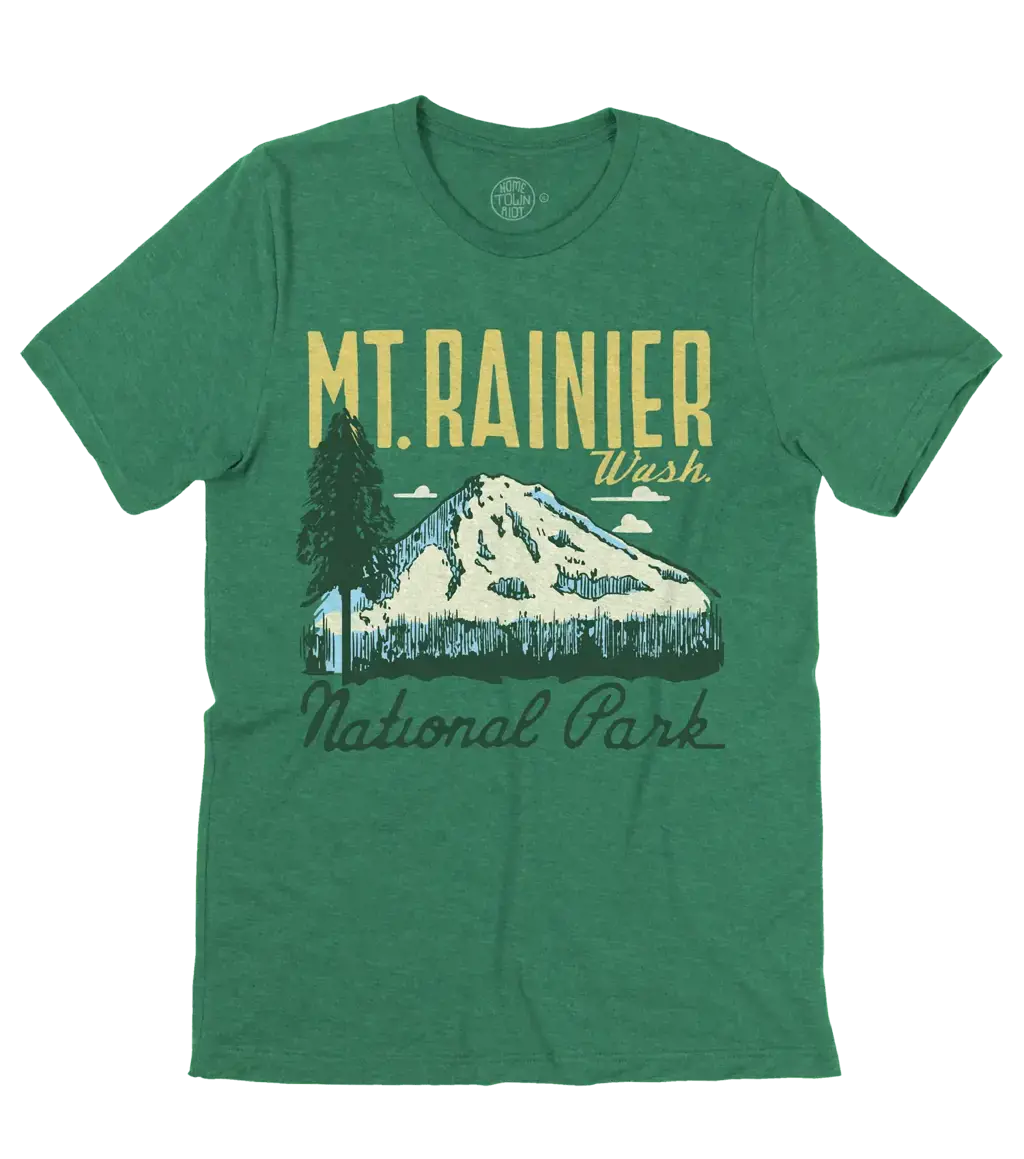
When packing for a trip to Mt. Rainier National Park, it is important to be prepared for the unpredictable weather conditions that can occur at higher elevations. To ensure your comfort and safety, it is best to pack a variety of clothing items that can be layered to adapt to changing temperatures.
Base Layers:
Start with a good set of moisture-wicking base layers. These are essential for maintaining a comfortable body temperature and keeping dry. Look for merino wool or synthetic materials that will wick away sweat and keep you warm even if it gets wet.
Insulating Layers:
Next, pack a few insulating layers to provide warmth. This could include fleece jackets, down vests, or synthetic insulated jackets. These layers should be lightweight and easy to pack, but still offer significant warmth when the temperature drops.
Outer Layers:
For outer layers, it is important to have both a waterproof and windproof option. A waterproof jacket with a hood will keep you dry in case of rain or snow, while a windproof jacket will protect you from chilly gusts. Look for jackets with adjustable cuffs and hems to help seal out the elements.
Pants:
In terms of pants, consider packing a combination of quick-drying hiking pants and waterproof pants. The hiking pants will be comfortable and breathable for most conditions, but the waterproof pants will come in handy if you encounter wet or snowy weather.
Accessories:
Don't forget about the smaller accessories that can make a big difference in your comfort level. Pack a hat that provides both sun protection and warmth, as well as a pair of lightweight gloves. Sunglasses with UV protection are also essential, especially if you plan on spending a lot of time above the tree line.
Footwear:
Choose sturdy, waterproof hiking boots with good traction for exploring the park's trails. Make sure they are comfortable and broken in before your trip to avoid blisters. For added protection, consider bringing gaiters to keep snow or debris out of your boots.
Layers and Packed Clothing:
Remember to layer your clothing items to maximize warmth and adaptability. Start with a base layer, add insulating layers as needed, and top it off with your outer layers. This way, you can easily adjust your clothing to feel comfortable throughout the day.
It's also important to pack enough clothing for your entire trip, including extras in case anything gets wet or dirty. Being prepared for the weather conditions at Mt. Rainier National Park will ensure an enjoyable and comfortable experience as you explore the beautiful scenery.
The Ultimate Guide to Packing for an 18-Day Trip
You may want to see also

What kind of footwear is recommended for hiking in Mt. Rainier National Park?
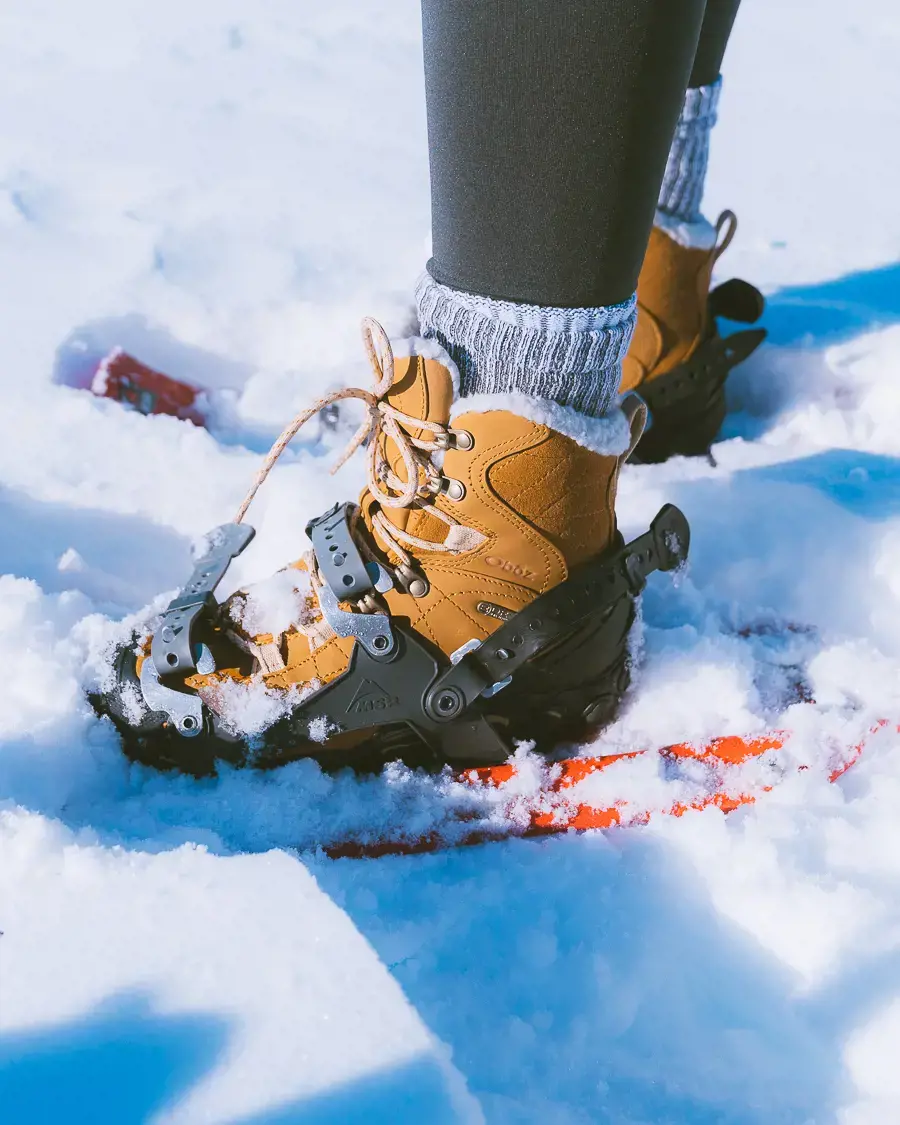
When it comes to hiking in Mount Rainier National Park, having the right footwear is crucial. The park spans over 235,000 acres and offers a variety of trails catering to different skill levels, ranging from easy walks to challenging ascents. Therefore, it is essential to choose footwear that provides adequate support, traction, and protection for the type of terrain you will encounter.
Footwear Types:
A. Hiking Boots: Hiking boots are a popular choice for hiking in Mount Rainier National Park. These are sturdy and provide excellent ankle support, making them ideal for uneven and rocky terrains.
B. Trail Runners: For well-maintained and less challenging trails, trail runners can be a comfortable and lightweight option. They offer good traction and breathability, making them suitable for shorter hikes.
C. Approach Shoes: Approach shoes are a hybrid between hiking boots and climbing shoes. They are recommended for more technical trails where scrambling or climbing might be involved.
Fit and Comfort:
Proper fit and comfort are critical when selecting hiking footwear. Ill-fitting shoes can lead to blisters, discomfort, and even injuries. Ensure that your shoes have enough room for your toes to wiggle and your heels to remain snugly in place. It is advisable to try on different brands and styles to find the perfect fit.
Traction and Grip:
The trails in Mount Rainier National Park can be uneven and slippery, especially in wet conditions or at higher elevations. Look for shoes with a rugged and durable outsole, specifically designed to provide excellent traction on various surfaces like rocks, mud, and loose gravel. Vibram soles are known for their exceptional grip and are a popular choice among hikers.
Water Resistance:
Given the park's geographical location and diverse climate, it is common to encounter wet or damp conditions on the trails. Choosing shoes with some level of water resistance or quick-drying capabilities ensures that your feet remain dry and comfortable throughout the hike. Many hiking boots now come with waterproof or water-resistant membranes that prevent water from seeping in.
Ankle Support:
The rugged and uneven terrains of Mount Rainier National Park make ankle support a crucial factor when selecting hiking footwear. Hiking boots with high ankle collars provide stability and help prevent sprained ankles when navigating through rocky or uneven trails.
Durability:
Hiking in rough terrains can put a lot of stress on your footwear. Opt for shoes made from high-quality materials and reinforced toe caps, ensuring they can withstand the rigors of the trails. While high-quality footwear might be more expensive, they will last longer and provide better support, reducing the risk of injuries.
Personal Preference and Experience:
Ultimately, the choice of footwear boils down to your personal preference and hiking experience. Some hikers might prefer the added protection of hiking boots, while others may opt for the lightness and flexibility of trail runners. Consider the type of hike you are planning, the weather conditions, and your comfort level before making a decision.
In conclusion, choosing the right footwear for hiking in Mount Rainier National Park is essential to ensure a comfortable and safe experience. Whether you opt for hiking boots, trail runners, or approach shoes, prioritize factors such as fit, comfort, traction, water resistance, ankle support, and durability. By selecting the right footwear, you can fully enjoy the stunning trails and breathtaking views that Mount Rainier National Park has to offer.
Essential Items to Pack for a Delicious Vegetarian Picnic
You may want to see also

Are there any specific gear or equipment recommendations for hiking at higher altitudes in Mt. Rainier National Park?
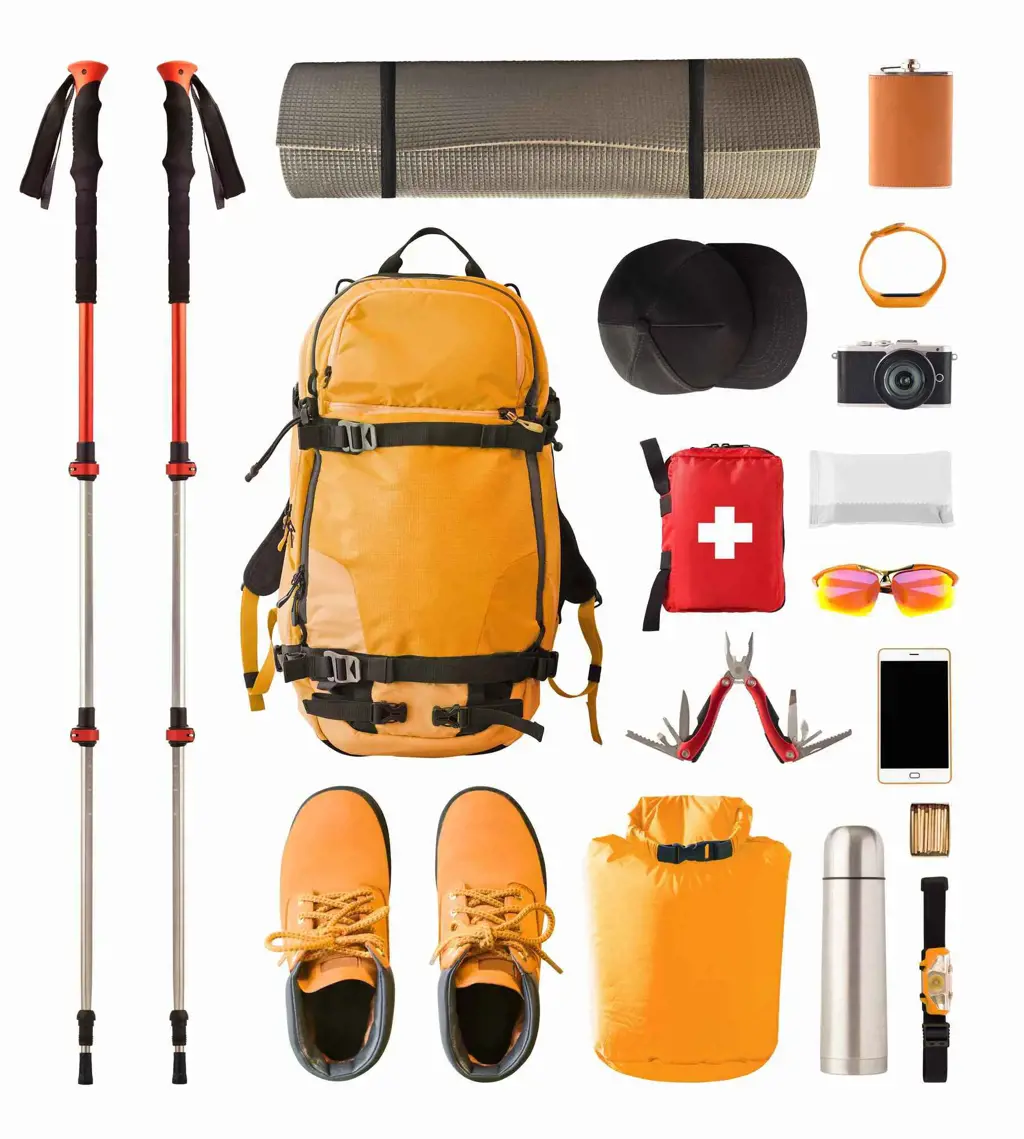
Hiking at higher altitudes in Mt. Rainier National Park can be an incredible and rewarding experience for outdoor enthusiasts. However, the rugged terrain and variable weather conditions make it essential to come prepared with the right gear and equipment. Here are some specific recommendations to ensure a safe and enjoyable hike at higher altitudes in Mt. Rainier National Park:
Clothing:
- Layering is key when hiking at higher altitudes. Start with a moisture-wicking base layer to keep your skin dry and comfortable. Avoid cotton as it retains moisture.
- For the mid-layer, a lightweight fleece or synthetic jacket is ideal for insulation. It should be breathable to allow moisture to escape.
- The outer layer should be a waterproof and windproof shell jacket and pants. Look for options with sealed seams and adjustable hoods to provide maximum protection from the elements.
- Don't forget to bring a warm hat, gloves, and extra pairs of socks. It's also important to wear sturdy hiking boots with ankle support and a good tread for traction on rocky terrain.
Navigation:
- A reliable map and compass are essential when hiking at higher altitudes where GPS signals may be weak or unreliable. Familiarize yourself with the park's trail system and have a backup plan in case of inclement weather or unexpected obstacles.
- Consider bringing a GPS device or smartphone with offline maps as a supplemental navigation tool. Keep in mind that these devices should not be relied upon solely, as batteries can drain quickly in cold weather.
Safety and Emergency Equipment:
- Carry a first aid kit with essential items such as bandages, disinfectant, and pain relievers. It's also a good idea to include emergency supplies like a whistle, fire starter, and emergency blanket.
- Bring a reliable headlamp or flashlight with extra batteries. It can be dark in the park, especially during early morning or late evening hikes.
- Consider a lightweight trekking pole or hiking staff to provide stability and reduce strain on your joints while traversing steep or uneven terrain.
- If you plan on camping overnight, ensure that you have a suitable tent, sleeping bag, and sleeping pad that can handle cold temperatures.
Hydration and Nutrition:
- Staying hydrated is crucial when hiking at higher altitudes. Carry a water bottle or hydration reservoir and drink plenty of fluids throughout your hike. Consider a water filter or water purification tablets in case you need to refill from natural sources.
- Pack high-energy snacks like trail mix, energy bars, and dried fruits to keep your energy levels up during the hike. Don't forget to bring extra food in case of unexpected delays.
Weather Protection:
- Weather conditions can change rapidly at higher altitudes, so be prepared for anything. Carry sunglasses and sunscreen to protect your skin and eyes from UV rays, especially on sunny days.
- Pack a lightweight, packable rain poncho or umbrella for sudden downpours. It's also wise to have extra insulation layers in case the temperature drops.
In conclusion, hiking at higher altitudes in Mt. Rainier National Park requires careful planning and the right gear. By following these recommendations for clothing, navigation, safety, hydration, and weather protection, you'll be well-prepared for a successful and enjoyable adventure in this magnificent national park. Remember to check the weather forecast before your hike and always prioritize safety.
Essential Items to Pack for a Toddler Vacation
You may want to see also

Should I bring any specific camping gear if I plan on camping in Mt. Rainier National Park next week?
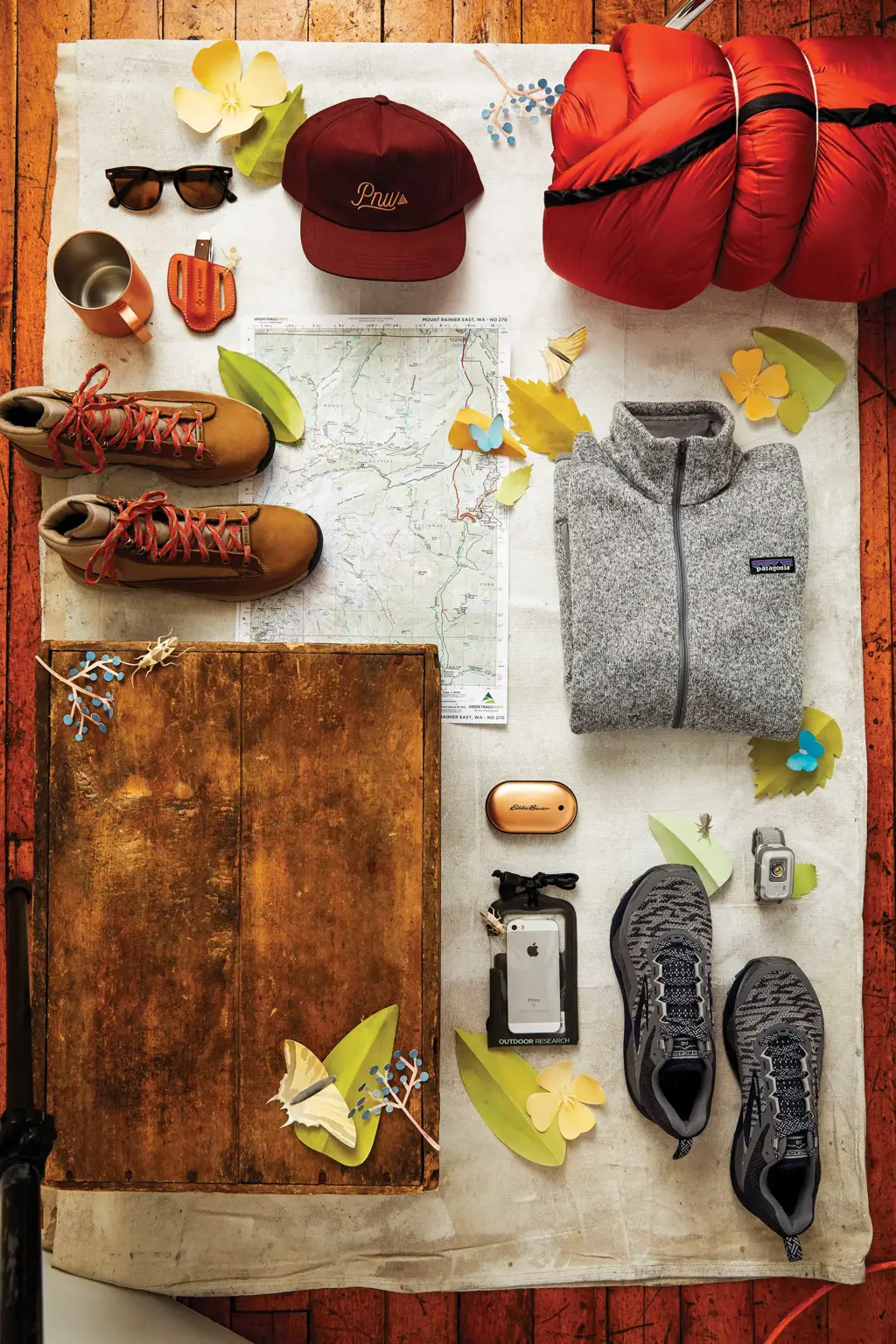
If you're planning on camping in Mt. Rainier National Park next week, it's important to make sure you have the right camping gear to ensure a safe and enjoyable experience. The park offers a variety of camping options, including drive-in campgrounds, walk-in campgrounds, and backcountry camping. The specific gear you'll need may vary depending on where you plan to camp. Here are some general recommendations to help you prepare for your camping trip:
- Tent: A reliable camping tent is essential for any camping trip. Look for a tent that is lightweight, waterproof, and durable. Mt. Rainier National Park is known for its unpredictable weather, so it's important to have a tent that can withstand rain and wind.
- Sleeping bag and sleeping pad: A warm and comfortable sleeping bag is crucial for staying comfortable during the night. Choose a sleeping bag with a temperature rating that matches the expected nighttime temperatures in the park. Additionally, a sleeping pad can provide extra insulation and cushioning, making it easier to get a good night's sleep.
- Camp stove and cookware: If you plan on cooking your meals at the campground, a camp stove and cookware are essential. Make sure to follow the park's guidelines for cooking and campfire use. Some campgrounds may have restrictions on open fires or require the use of designated fire rings or grills.
- Food storage: Proper food storage is important to prevent attracting wildlife to your campsite. Use bear-proof food canisters or hang your food from a tree at least 10 feet off the ground and 4 feet away from the trunk. This will help keep bears and other wildlife from accessing your food.
- Clothing and layers: Mt. Rainier National Park has a wide range of temperatures and weather conditions, even during the summer months. It's important to pack layers of clothing to prepare for changing weather. Bring moisture-wicking base layers, insulating mid-layers, and a waterproof outer layer. Don't forget to bring extra socks, a hat, and gloves to stay warm during chilly evenings.
- Hiking boots and appropriate footwear: If you plan on going hiking in the park, a sturdy pair of hiking boots is a must. Look for boots with good traction and ankle support to help navigate the park's uneven terrain. Additionally, it's a good idea to bring a pair of camp shoes or sandals for relaxing at the campsite.
- Backpack: If you plan on doing any backcountry camping or day hiking in the park, a comfortable and durable backpack is essential. Look for a backpack that has enough storage space for your gear and is comfortable to wear for extended periods.
- Camping essentials: In addition to the specific gear mentioned above, don't forget to bring other camping essentials such as a headlamp or flashlight, a camping knife or multitool, a first aid kit, sunscreen, insect repellent, and a water filtration system or water purification tablets.
Before your trip, it's a good idea to check the park's website or contact the visitor center for any specific guidelines or recommendations regarding camping gear. Additionally, be sure to familiarize yourself with the Leave No Trace principles and practice responsible camping by leaving the park as you found it.
In summary, when planning a camping trip in Mt. Rainier National Park, it's important to bring the right gear to ensure a safe and enjoyable experience. From a reliable tent and sleeping bag to appropriate clothing and footwear, being prepared can make all the difference. By following the park's guidelines and practicing responsible camping, you can help preserve the natural beauty of the park for future generations to enjoy.
Essential Guide: What to Pack for Your Ibiza Wardrobe
You may want to see also

Are there any insect repellents or protective measures I should take for hiking in Mt. Rainier National Park next week?

Hiking in Mt. Rainier National Park is an incredible experience, but it's important to be prepared for the elements and potential hazards. One of the most common concerns for hikers is insects, including mosquitoes, ticks, and other biting or stinging bugs. Here are some insect repellents and protective measures you should consider for your hike in Mt. Rainier National Park.
- Use an effective insect repellent: Before heading out on your hike, make sure you have a reliable insect repellent. Look for a repellent that contains DEET, picaridin, or oil of lemon eucalyptus, as these ingredients are known to be effective against mosquitoes and ticks. Apply the repellent according to the instructions on the label, paying special attention to exposed skin areas.
- Dress appropriately: Another important protective measure is to dress appropriately to minimize insect bites. Wear long-sleeved shirts, long pants, and high socks to cover your skin. Consider treating your clothing with permethrin, an insect repellent specifically designed for clothing. Permethrin can help repel and kill insects on contact, offering an additional layer of protection.
- Avoid peak mosquito activity: Mosquitoes are most active during dawn and dusk, so try to plan your hikes accordingly. If possible, start your hikes early in the morning or later in the evening when mosquito activity is lower. This can significantly reduce your exposure to these biting pests.
- Stay on designated trails: Walking on designated trails can help minimize encounters with ticks and other insects. Brushing against tall grasses or venturing into dense vegetation increases the chances of encountering ticks, which can carry diseases such as Lyme disease. Stick to the trails and be mindful of your surroundings to avoid tick-infested areas.
- Check for ticks after your hike: Even with protective measures in place, it's still important to check yourself for ticks after your hike. Ticks can latch onto your clothing or skin without you noticing, so make sure to thoroughly inspect your body, especially areas like the back of your knees, groin, and armpits. If you find a tick, carefully remove it with tweezers, grasping it as close to the skin as possible, and pull gently but firmly to ensure you remove the entire tick.
- Be cautious around stinging insects: Mt. Rainier National Park is home to various species of stinging insects, including bees, wasps, and hornets. If you encounter a stinging insect, remain calm and try not to swat at it, as this can provoke an attack. Slowly and quietly move away from the insect, giving it a wide berth. If you are allergic to insect stings, make sure to carry your prescribed epinephrine auto-injector with you at all times.
In conclusion, while hiking in Mt. Rainier National Park, it's important to take precautions against insects. Use an effective insect repellent, dress appropriately, avoid high mosquito activity times, stay on designated trails, check for ticks after your hike, and be cautious around stinging insects. By following these steps, you can have a more enjoyable and comfortable hiking experience while minimizing the risks associated with insects.
Essential Items to Pack for a Safari Adventure in South Africa
You may want to see also
Frequently asked questions
When packing for your trip to Mt Rainier National Park next week, be sure to include layers of clothing. The weather can change quickly, so it's important to be prepared for both warm and cold temperatures. Pack a waterproof jacket, insulated layers, and moisture-wicking clothing to help regulate your body temperature. Don't forget to bring sturdy hiking boots or shoes, as well as warm socks.
When hiking in Mt Rainier National Park, you'll want to pack some essential gear. Be sure to bring a backpack to carry your water, snacks, and other essentials. A map and compass or GPS device are important for navigation. Don't forget to pack a first aid kit, sunscreen, insect repellent, and a whistle for emergencies. It's also a good idea to pack trekking poles for added stability on steep or uneven terrain.
If you plan to camp in Mt Rainier National Park, there are a few specific equipment items you'll need. Make sure to pack a tent, sleeping bag, and sleeping pad for a comfortable night's sleep. A camping stove and cookware will be necessary for cooking meals. Don't forget to bring a water filter or purification tablets to ensure you have safe drinking water. It's also important to pack a bear canister or bear bag to store your food and prevent attracting wildlife to your campsite.
Yes, there are some special considerations for packing food in Mt Rainier National Park. Due to the frequent bear activity in the park, it's important to store your food properly to prevent attracting wildlife. Pack all of your food in a bear canister or hang it in a bear bag at least 10 feet off the ground and 4 feet away from any tree branches. Avoid bringing any scented or fragrant foods that may attract animals, and be sure to properly dispose of any food waste in designated trash cans.
In addition to the clothing, gear, and food mentioned previously, there are a few other essential items you should pack for a trip to Mt Rainier National Park. These include a hat, sunglasses, and sunscreen to protect yourself from the sun's rays. A good pair of binoculars will also come in handy for wildlife spotting and taking in the scenic views. Don't forget to bring a camera or smartphone to capture the beautiful landscape and memories of your trip. And of course, pack plenty of water to stay hydrated throughout your adventures in the park.



